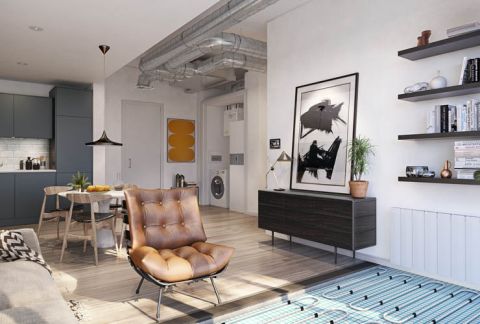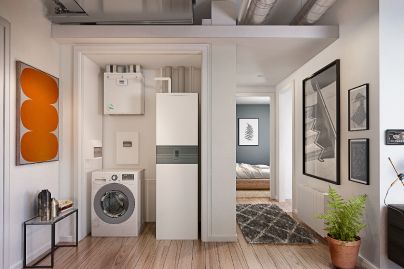Buying guide
Cooling Fans
Things to consider
When it comes to hot days and humid nights, a cooling fan can provide instant comfort for the whole family. But with such a wide range to choose from, how do you know which fan is right for you? Don’t sweat it - this handy guide will help to ensure you pick the right fan for you, your home and your budget.
Where are you going to use it?
Deciding where you are going to be using your fan will help you figure out what style and features you will need. If you require a fan to help you cool a larger room, then floor or tower fans are ideal due to their larger size and reach, whereas if you require a fan to simply cool yourself, then a desktop fan may be best. It is also worth considering the portability of the fans, if you plan on moving it from room to room then make sure you pick one that has an integrated carry handle and differing fan speeds that will suit multiple room sizes
What style do you need?
Cooling fans have come a long way from the basic three blade ones we’re used to. Now with styles to perfectly suit your application, you can choose between wide reaching floor fans, small desktop fans for personal cooling or tower fans which are great for all round use.
Floor Fans
Floor fans, in particular the Dimplex 360 fan, have a wide fan reach making them ideal for larger rooms. They are also lighter in weight, making them easily portable around the home.
Desktop Fans
With a small, compact footprint, desktop fans are ideal for use on desks or bedside tables, providing personal cooling.
Tower Fans
Tower fans are a style of floor fan. Usually slim line and sleek in design, these fans will fit seamlessly into their surroundings. They are particularly useful for bedrooms, being the appropriate height for fanning you whilst in bed.
What additional features would you like?
Once you’ve decided where you are going to be using your cooling fan, it’s important to consider any additional features you’d like it to offer, such as oscillation (rotation) functions and differing wind modes and speeds. Most Dimplex fans come with three fan speeds, low, medium and high, and some come with eco, sleep and natural wind modes, ensuring maximum comfort for each application. Our premium tower fan, Ion Fresh even features a built in ioniser that discharges negative ions, these attach to positive ions and drop them out of the air to create a fresher environment. It also features three speed settings and three breeze modes, so you can find the perfect balance for your comfort.
What controls would you like?
All Dimplex fans have been designed with ease of use in mind so have clear LCD and LED displays. Most of our fans also come with a remote control allowing you to use your fan from the comfort of your seat. As an added feature, some cooling fans incorporate a runback timer, meaning you can set your fan to run for a certain period of time before turning itself off.
What about safety?
If you have children or pets in the home, then it is worth choosing a fan that has good stability with a wide base and enclosed fan blades. This will ensure the fan won’t be easily knocked over, fur can’t get caught, and saves little fingers from harm. Cooling fans from Dimplex also come with a one year warranty as a minimum, offering added peace of mind.

How do I know what capacity fan coil I need?
Working out what capacity fan coil unit you need requires a lot of factors to be taken into consideration from the outset of a project, including solar gains. These include building orientation, geographical location, envelope construction materials and infiltration alongside internal gains such as lighting, equipment and occupancy. These will have to be considered with any potential plans to install solar shading, as they all have an impact on the predicted performance of a building.

How do ambient networks that use in-apartment heat pumps work?
Ambient networks typically consist of in-apartment water-to-water heat pumps connected via a central loop to a central plant. Each heat pump uses ambient water from the central loop to provide heating, hot water and even cooling into the apartment. For domestic hot water use, the heated water is stored in an unvented, integrated cylinder that sits below the heat pump module in the apartment, whilst the heating circuit could use emitters such as radiators, fan coils or underfloor arrays.

How does the Zeroth Energy System address domestic hot water demand and reduce primary energy use in apartments?
Domestic hot water (DHW) is typically the dominant energy load in modern, well insulated buildings. Ambient loops, such as the Zeroth Energy System can significantly reduce the annual CO2 emissions and primary energy use of large residential properties in two ways:
Balancing the DHW demand and output
Heating water to the required temperature at the point of use
We will consider how the technology achieves these reductions and what the impact is on modern developments.











